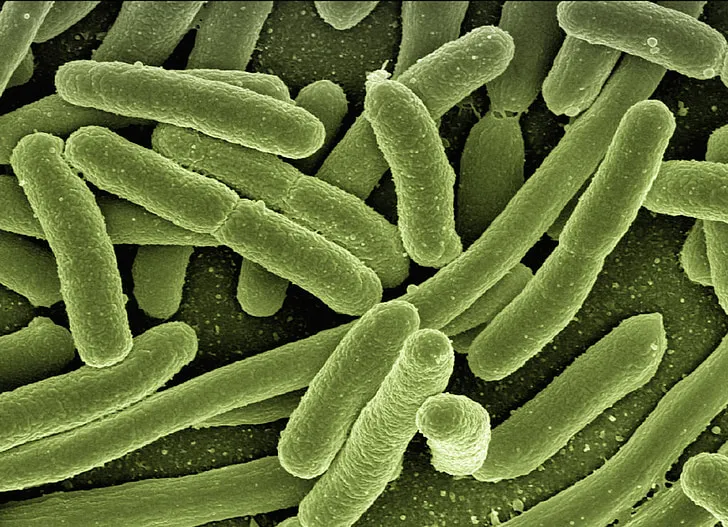Carbon Sink Definition and Importance Explained
A carbon sink is any system that absorbs more carbon dioxide from the atmosphere than it releases. This article discusses carbon sink definition and importance, as outlined below;
-Carbon Sink Definition: 4 Ways to Define Carbon Sinks
Carbon Sink Definition: 4 Ways to Define Carbon Sinks
A carbon sink is a storage system for atmospheric carbon.
The carbon sink definition can alternatively be outlined in terms of ecological factors, as follows;
A carbon sink is any ecosystem or ecological feature such as forest, soil, geologic formations, or water bodies, that can absorb and store large volumes of carbon dioxide, thereby removing the gas from the atmosphere [5].
Natural systems both produce and store carbon dioxide. A major natural process of carbon production is biodegradation, while carbon sequestration is a natural process by which carbon dioxide is stored in soil. The following carbon sink definition, portrays the concept in terms of carbon sequestration processes;
Carbon sink is a system or body that stores or sequesters carbon that has been introduced into it through microbial, phytological, or human activity [2].
The origin of carbon sinks may be natural or artificial. Also, carbon sinks can be described in terms of their basic difference from carbon sources; which are entities that produce more carbon dioxide than they consume, capture, or store [3].
Below is another outline of the carbon sink definition, that portrays these systems in terms of their relevance in the context of environmental degradation and remediation;
A carbon sink is a tool for environmental remediation and sustainability, which removes carbon dioxide from the atmosphere through capture and storage, thereby mitigating greenhouse emission, global warming, and climate change.

Carbon Sink Importance
Carbon sink is important due to its role in climate change mitigation, pollution mitigation, scientific data provision, and biodiversity protection.
In terms of climate change mitigation, carbon sinks achieve this by absorbing and storing away greenhouse gases. This reduces the amount of such gases that are released into the atmosphere, and thereby reduces the climate change effect of these gases.
Carbon sinks also reduce environmental pollution by absorbing or intercepting toxins along with carbon dioxide.
The production of carbon dioxide through fuel combustion, deforestation or biodegradation among other processes, is often simultaneous with the production of toxic emissions like harmful gases, soot, and other forms of particulate matter.
Carbon sinks like forests, can intercept particulate matter and prevent it from reducing air quality [1]. They can also absorb toxic gases like nitrous oxides, sulfuric oxides and carbon monoxide, thereby reducing their concentration in the atmosphere.
It is important however, to note that excessive absorption of toxins and carbon dioxide by these carbon sinks can lead to their own degradation [4]. Such degradation may occur in the form of acidification or contamination.
Studies of carbon sinks help provide important data on natural recycling, the energy pyramid, and mechanisms of the ecosystem to achieve sustainability through spontaneous soil conservation, air quality control, and water conservation.
Such data is useful in various areas of science and technology to design systems and methods that can help address environmental problems.

Lastly, the environment-protective role of carbon sinks leads to optimal environmental quality, which is an essential factor for the conservation and protection of biodiversity.
Conclusion
Carbon sink is a natural or artificial system that is capable of absorbing more carbon dioxide than it releases, thereby reducing the amount of carbon in the atmosphere.
The importance of carbon sinks is due to their role in biodiversity protection, pollution control, climate change mitigation, and scientific knowledge contribution.
References
1). Brack, C. L. (2002). “Pollution mitigation and carbon sequestration by an urban forest.” Environmental Pollution 116 Suppl 1(3):S195-200. Available at: https://doi.org/10.1016/S0269-7491(01)00251-2. (Accessed 12 September 2022).
2). Chauhan, S.; Sharma, R.; Ritu, R. (2016). “Carbon sequestration in plantations.” Available at: https://www.researchgate.net/publication/326836262_carbon_sequestration_in_plantations. (Accessed 12 September 2022).
3). Liu, X.; Wang, S.; Zhuang, Q.; Jin, X.; Bian, Z.; Zhou, M.; Mheng, Z.; Han, C.; Guo, X.; Jin, W.; Zhang, Y. (2022). “A Review on Carbon Source and Sink in Arable Land Ecosystems.” Land 11(4):580. Available at: https://doi.org/10.3390/land11040580. (Accessed 12 September 2022).
4). Raven, J. A.; Caldeira, K.; Elderfield, H.; Hoegh-Guldberg, O.; Liss, P. S.; Riebesell, U.; Shepherd, J.; Turley, C. M.; Watson, A. J.; Heap, R.; Banes, R.; Quinn, R. (2005). “Ocean acidification due to increasing atmospheric carbon dioxide.” Available at: https://www.researchgate.net/publication/235938940_Ocean_acidification_due_to_increasing_atmospheric_carbon_dioxide. (Accessed 12 September 2022).
5). Sedjo, R.; Sohngen, B. (2012). “Carbon Sequestration in Forests and Soils.” Annual Review of Resource Economics 4(1):127-144. Available at: https://doi.org/10.1146/annurev-resource-083110-115941. (Accessed 12 September 2022).




